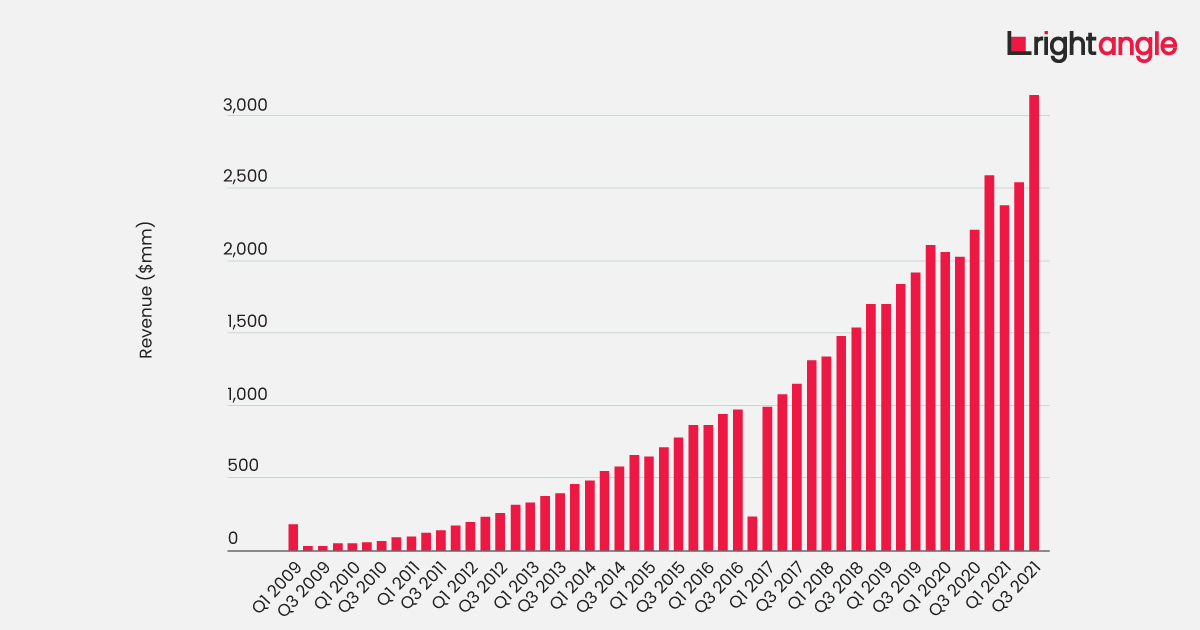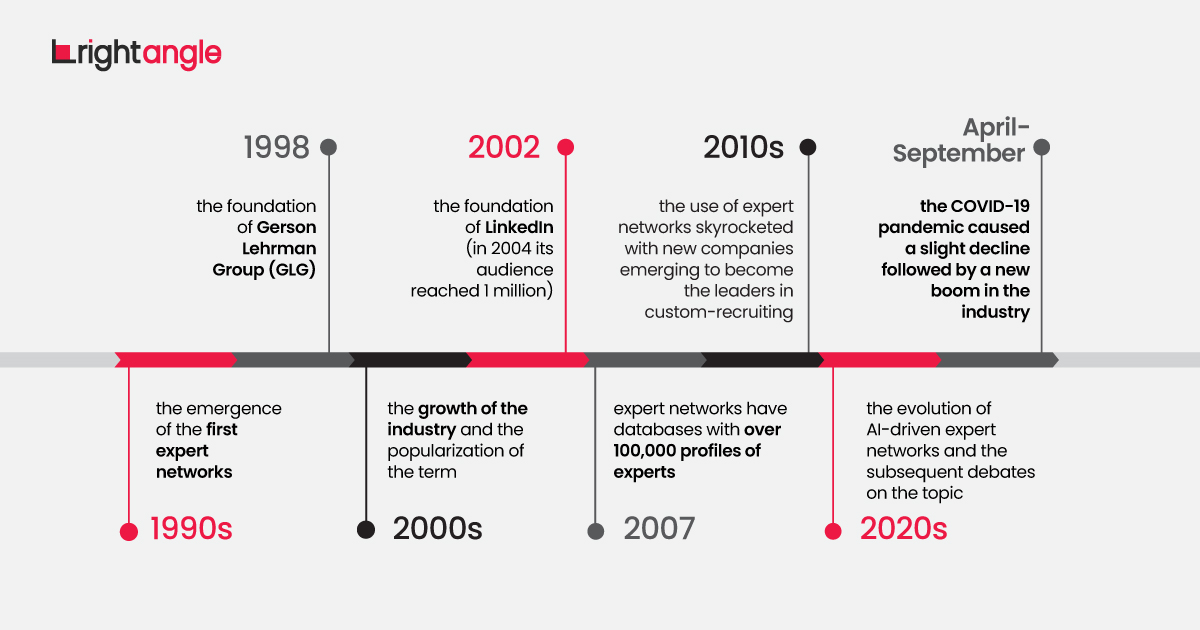Have you ever thought about the value of the experience and information you possess? Knowledge, as the expression goes, is power and for centuries professional expertise has been in high demand.
Throughout history, in order to prosper, merchants have needed to gather valuable insights to be able to make strategic decisions about the new markets they enter as well as social behavior.
Although the world has faced significant changes over time, the need for information has always been there which is why expert networks have become critical for businesses to overcome the competition.
Since the early 2000s, when companies relied mostly on paper, the information market has registered a steady growth that continues up to this day, with expert networks making use of myriads of online resources. No wonder this industry is sometimes regarded as one of the most influential despite the fact that most have never heard of it.
What is an expert network?
Expert networks represent a business activity that connects organizations that require specialized knowledge from experts such as professors, doctors, business owners, farmers and executives who can offer useful information on a given topic.
Quick facts:
- Expert networks around the globe arrange over 1 million calls with experts each year
- The first expert network was established in 1998 – it used phone books and in-house databases
- The boost in the industry began with the launch of various online resources such as LinkedIn
- Today some expert networks use machine learning (a type of artificial intelligence) when searching for experts. *But the technology still requires a human touch.
- Despite the COVID-19 pandemic, which has taken its toll on businesses and the expert network industry, in particular, the latter has managed to rebound. Expert Network history overview
When it all began
Before the 1990s, employers advertised job openings in newspapers. Recruiters stored contact details in their Rolodex (a revolving filing system used to store business contacts) and business cards were priceless. Expert networks gathered the largest Rolodexes in town thus becoming extremely important to their customers.
Rolodex

Expert networks became more popular around the year 2000 (although the term was first coined in 1998). The early expert networks, similar to traditional recruitment companies, relied on internal databases and phone books. In the early 2000s they already had databases containing over 100,000 expert profiles.
Expert networks continued to recruit professionals mostly through industry fairs and recommendations. Because their databases were exclusive, these companies could charge their clients three to four times the fees they paid subject matter experts.
During the 2000s, the expert network industry began to register a significant increase, simplifying and promoting the connection between individuals or organizations with subject matter experts. *GLG, one of the first expert networks incorporated in 1998, is still in operation today.
The era of LinkedIn
The era of the World Wide Web revolutionized the market. Expert networks began to custom-source experts online as a result of LinkedIn’s popularization as well as the growth of other services.
LinkedIn showed dramatic growth during the first decade of the 21st century. This paved the way for a new generation of expert networks to focus on recruiting specific specialists for particular projects.
Expert networks temporarily fell out of favor in 2009 when some subject matter experts within the networks revealed insider information to customers. Since then, restrictions have been tightened surrounding the type of data that experts are allowed to provide to the companies that recruit them, as well as the permitted usage of the collected data. Today, the expert network market follows a rigorous legal framework.
Currently, the top expert networks boast databases holding information on hundreds of thousands of experts collected throughout the years. LinkedIn, a popular business social network, features around 800 million members from over 200 nations and most of these are updated on an almost daily basis.
LinkedIn revenue statistics

Analysts continue to place a high value on expert networks. The key change is that they no longer achieve this value from their company’s in-house databases but rather from having talented research associates who are sufficiently skilled to undertake custom-recruiting over the internet.
A research associate is a qualified professional who analyses and processes information on subject matter experts for clients who seek expertise.
Their purpose within an expert network is to connect organizations seeking professional knowledge with experts in a certain industry.
For example, at RightAngle, a new generation search company that specializes in tailored knowledge solutions for complex business needs, research associates virtually ‘know’ hundreds of specialists in various fields and by being aware of their profiles can quickly and accurately select the most suitable.
The future of Expert Networks
In 2021, according to a study carried out by Inex One and Integrity Research, over 100 expert networks around the world produced more than US$1.9 billion in revenue and since 2015, the industry has grown by an average of 18% every year. The effects brought about by the COVID-19 pandemic between April and September in 2020 led to a slight decline but this was offset by even greater growth in 2021 with the industry now showing no signs of decline.
Check out our article to learn more about the expert network industry in the post-COVID world.
A short timeline of expert networks’ evolution

- 1990s – the emergence of the first expert networks
-
- 1998 – the foundation of Gerson Lehrman Group (GLG)
- 2000s – the growth of the industry and the popularization of the term
- 2002 – the foundation of LinkedIn (in 2004 its audience reached 1 million)
- 2007 -expert networks have databases with over 100,000 profiles of experts
- 2010s – The use of expert networks skyrocketed with new companies emerging to become the leaders in custom-recruiting
- 2020s – The evolution of AI-driven expert networks and the subsequent debates on the topic
- April-September – the COVID-19 pandemic caused a slight decline followed by a new boom in the industry
An activity that started as a collection of business cards has evolved into a billion-dollar industry that continues to grow despite various challenges such as the COVID-19 pandemic. The story of expert networks is far from over, with new technologies paving the way for fresh opportunities and continuous evolution is predicted by industry experts.
Suggested reading:
Expert Network Industry 2021: Growth or Decline?
Can Artificial Intelligence and Machine Learning Change the Expert Network Industry?
Share to

